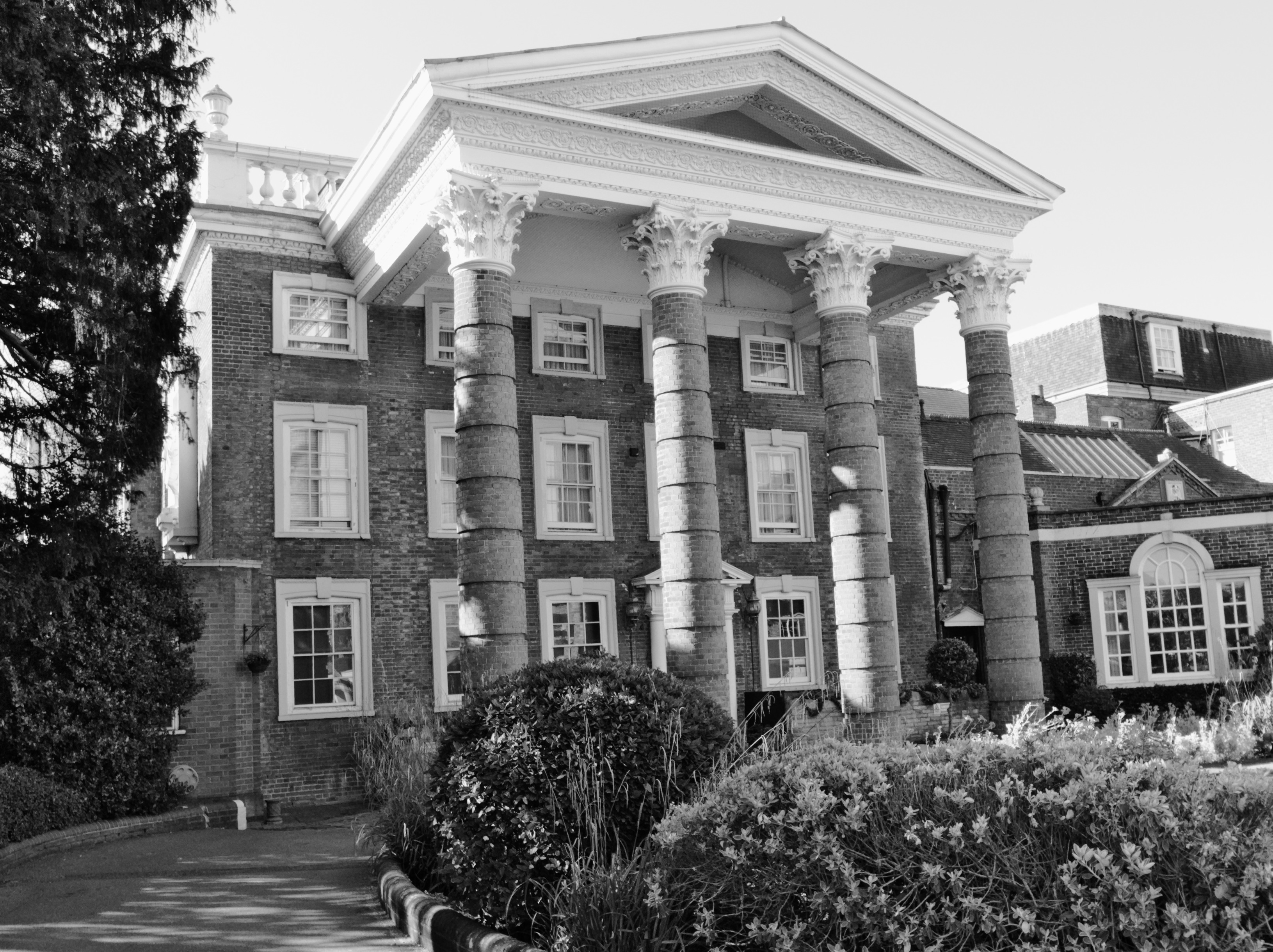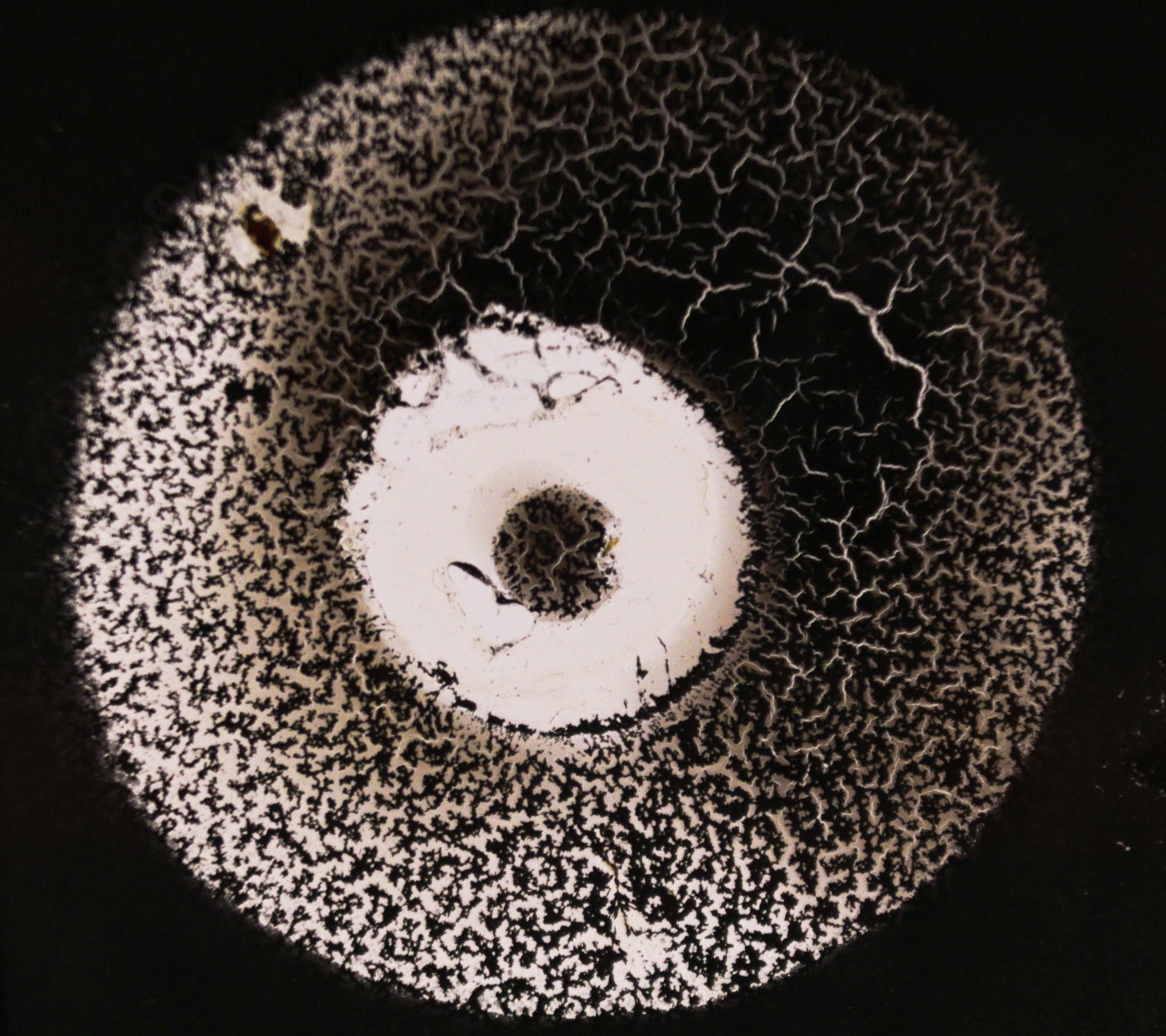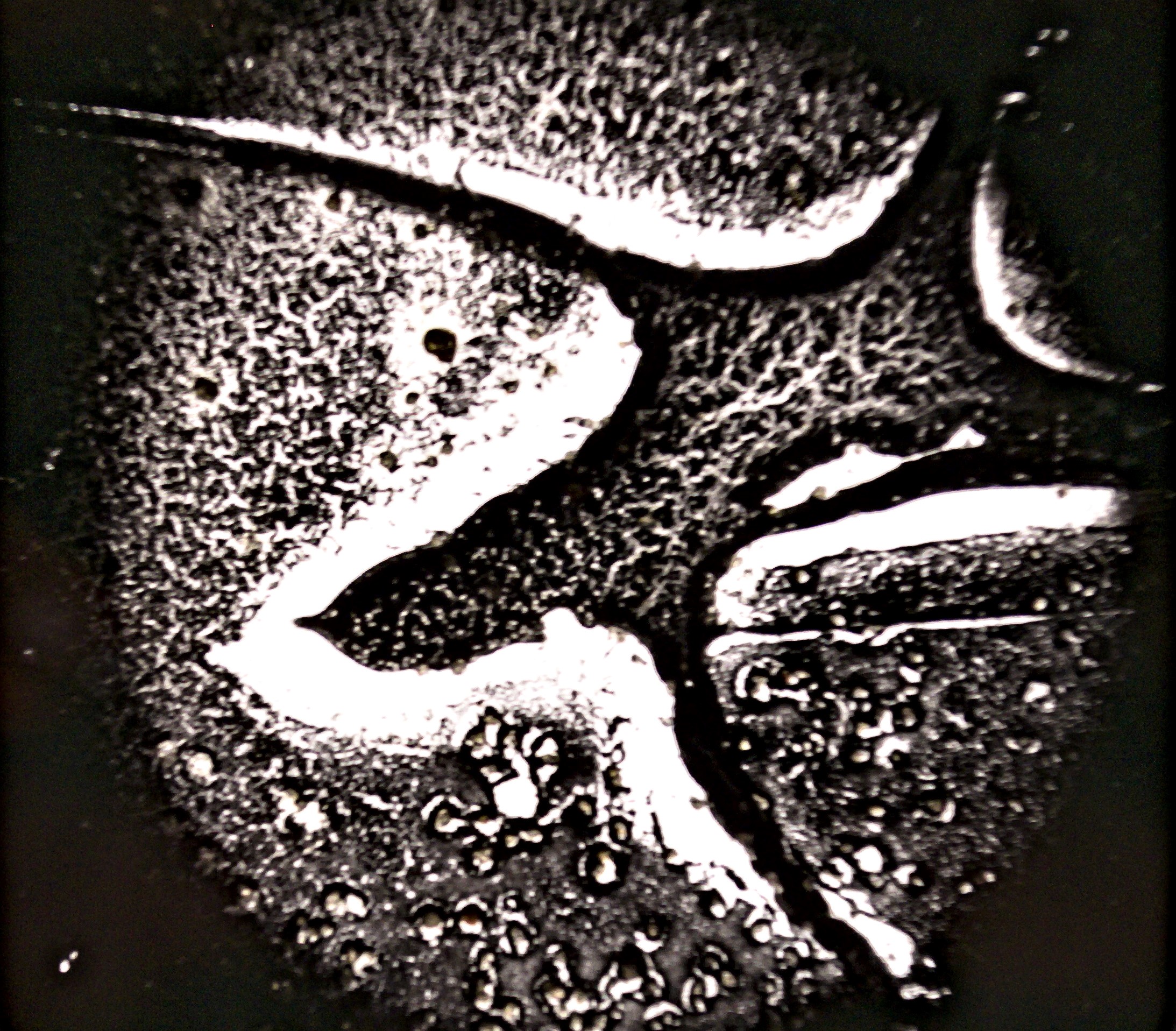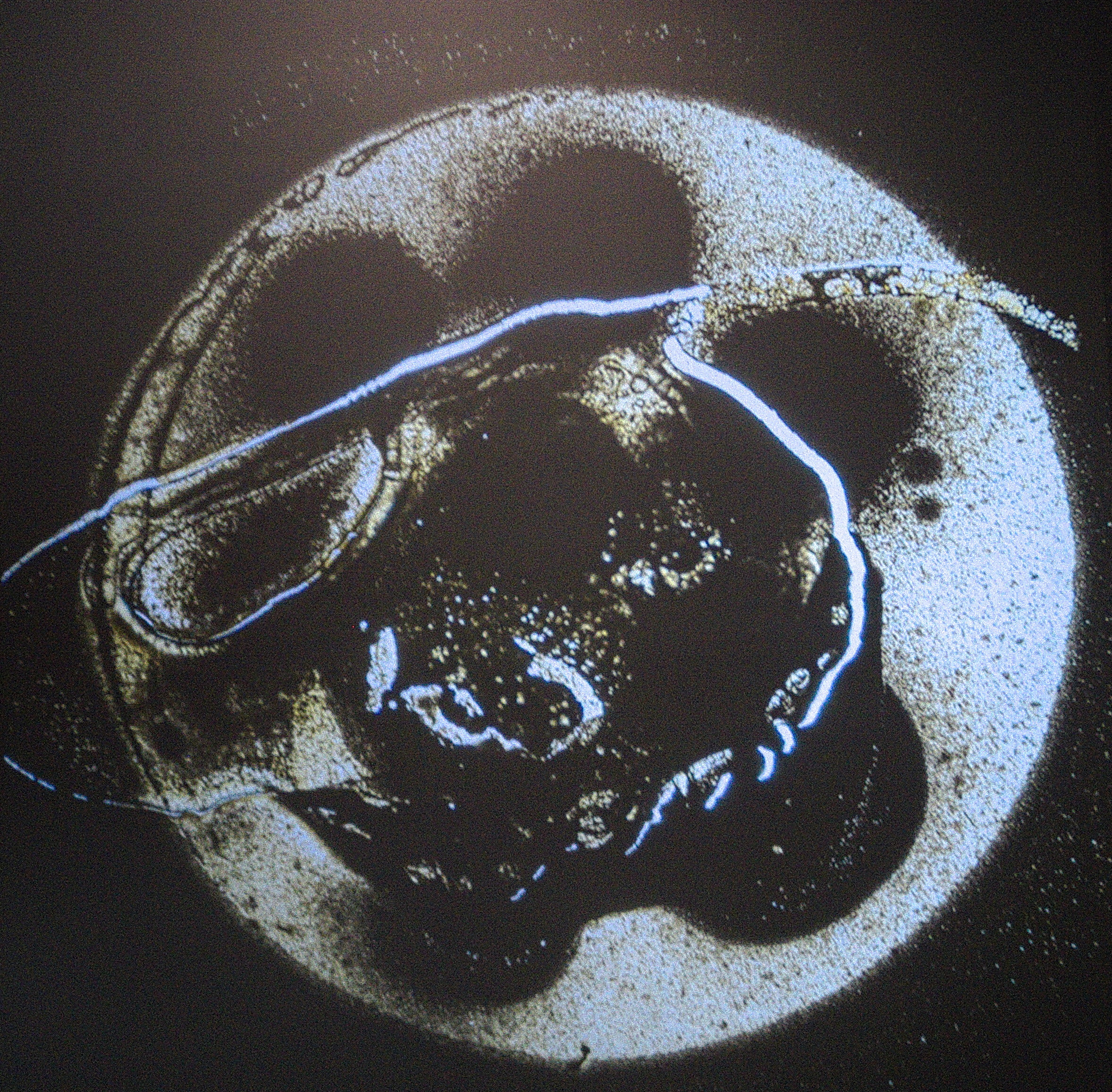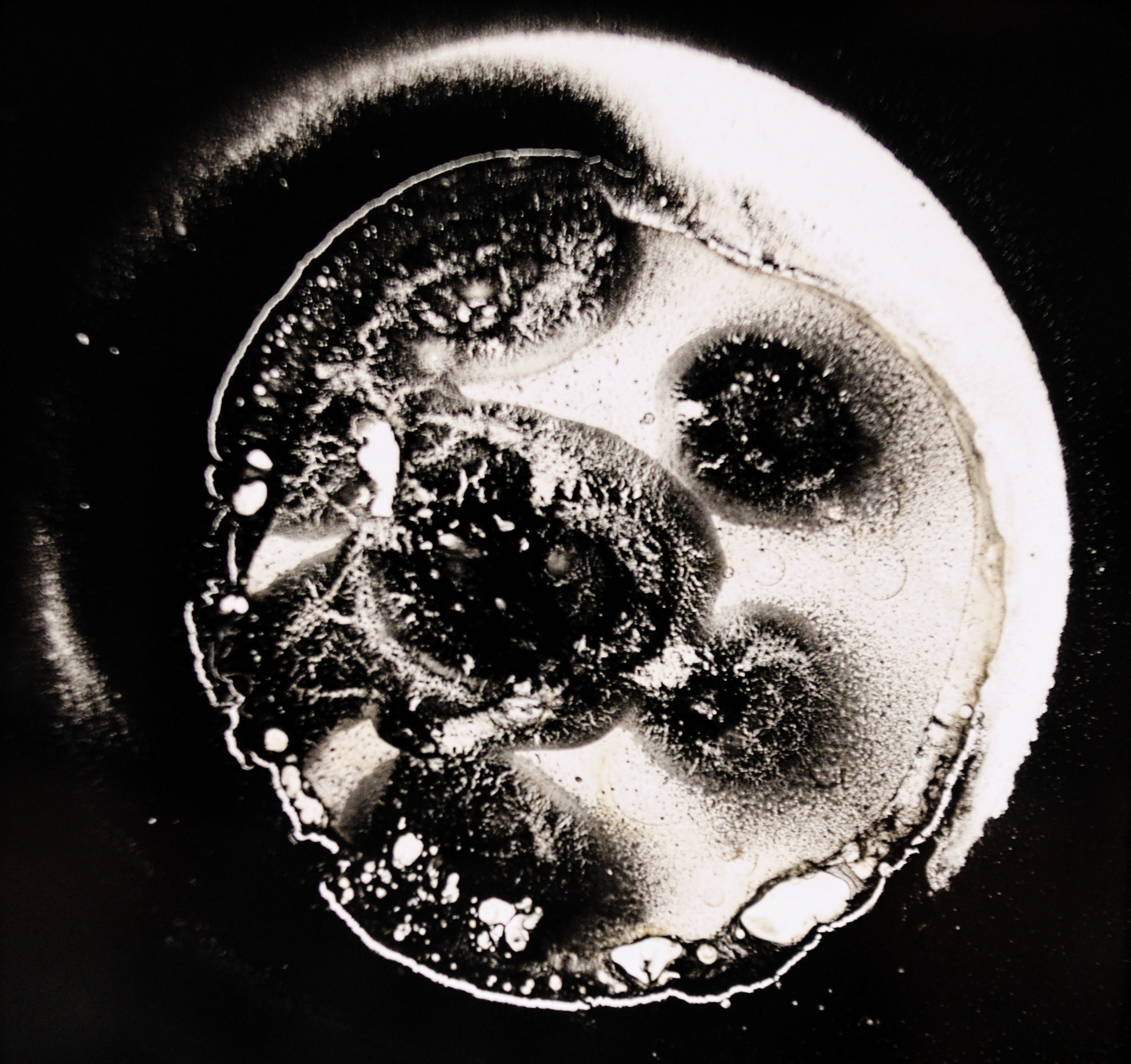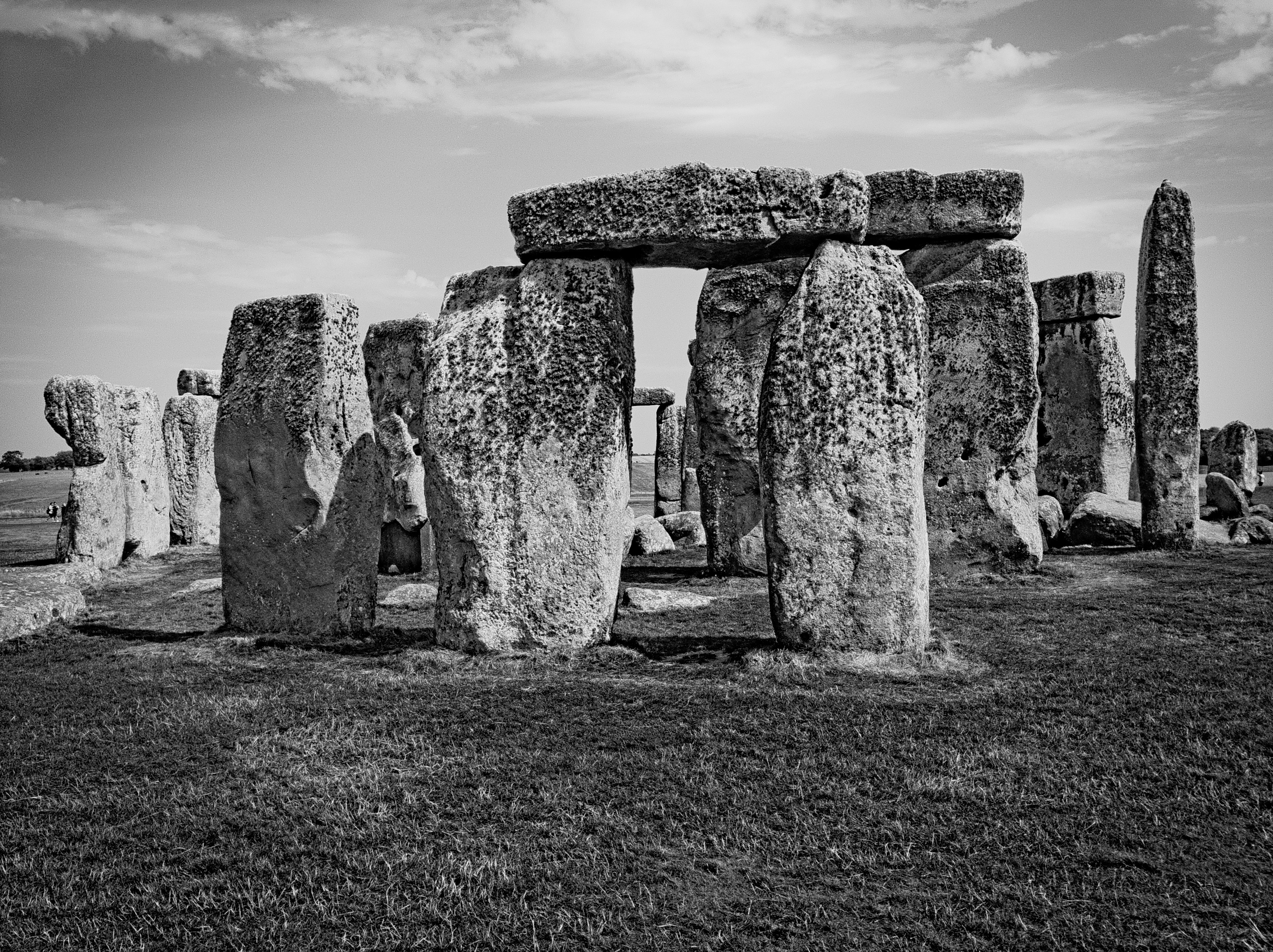Hendon Hall Hotel
Originally known as Hendon Manor, Hendon Hall was mentioned in the Domesday Book, a manuscript record of the "Great Survey" of much of England and parts of Wales completed in 1086 by order of King William the Conqueror. Any income generated by the manor was granted to Westminster Abbey, but was later seized by the Crown for the Church of England, during King Henry VIII’s English Reformation.
In 1852, Hendon Hall became a girls school and we know that plays were often performed on the lawns in the grounds on summer evenings.
Hendon Hall first opened its doors as a hotel in 1911, but was closed during the Second World War to become an RAF convalescent home. After the war it became a hotel again, starting off with a grand re-opening that some local residents remember to this day.
Aldo Tambellini, Cell Series
Aldo Tambellini (born 29 April 1930) is an Italian American artist. He pioneered electronic intermedia, and is a painter, sculptor, and poet.
The glass slides where painted black and scratched, pierced and burned to create a range of abstract images which suggest cellular and cosmic forms. Tambellini would project the slides onto the sides of buildings, or use them as part of immersive, multimedia performances in collaboration with dancers, musicians and the Umbra Poets, a group of African American poets and activists.
Though the slides were made in the 1960s, they were not shown until Tambellini's 2012 multimedia installation in the Tanks at Tate Modern, "Retracting Black"
Stonehenge
Stonehenge is a prehistoric monument in Wiltshire, England, 2 miles (3 km) west of Amesbury. It consists of a ring of standing stones, with each standing stone around 13 feet (4.0 m) high, 7 feet (2.1 m) wide and weighing around 25 tons.
With a history spanning 4,500 years Stonehenge has many different meanings to people today. It is a wonder of the world, a spiritual place and a source of inspiration.
